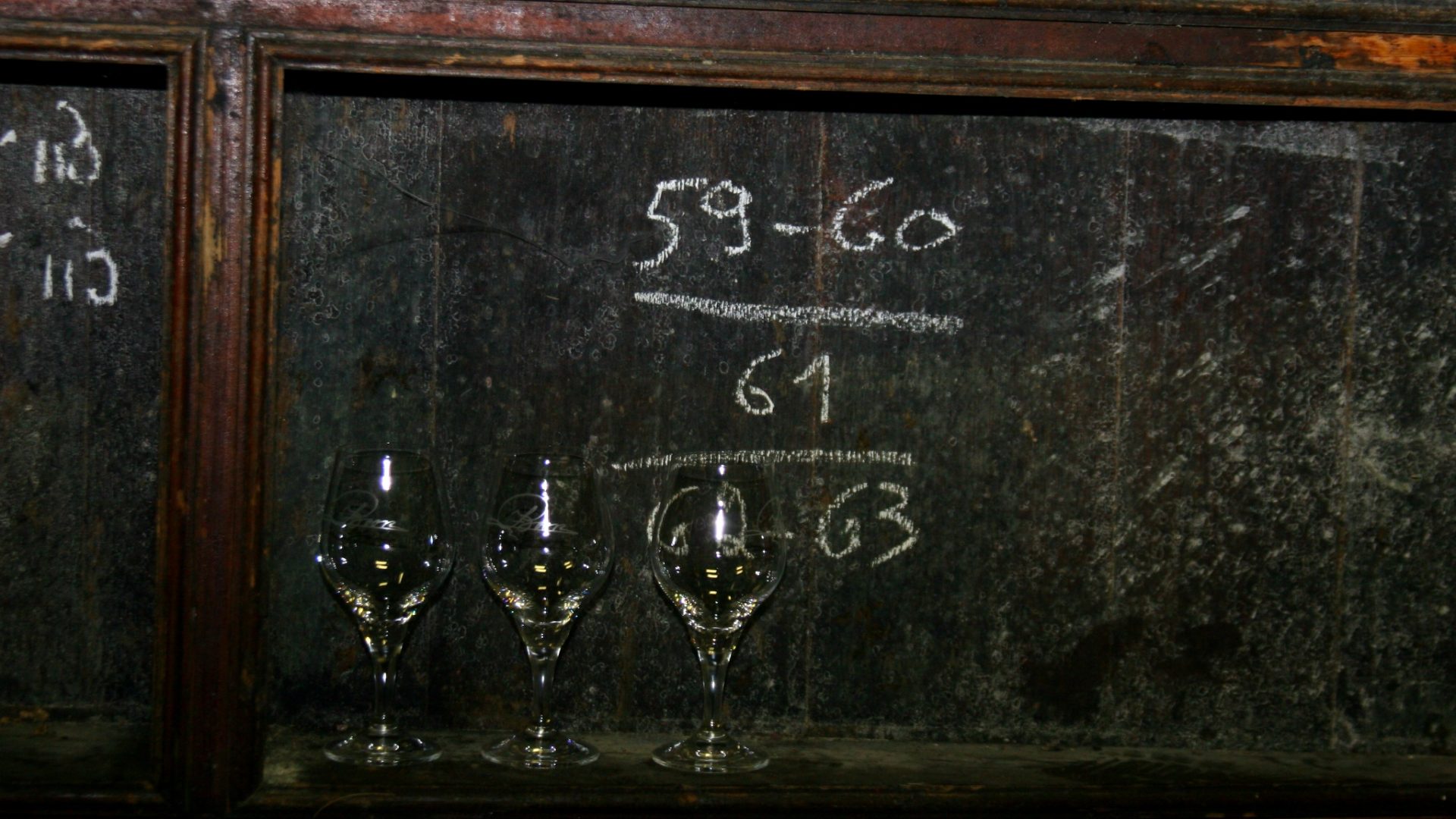 We’re all familiar with how taste works on the tongue. You taste sweet at the tip, salty and sour on the sides and bitter on the back. WRONG! This concept was created by the same people who brought you Phrenology, the study of the bumps and regions of your skull. I see my phrenologist regularly to cure what ails me. Unfortunately, the tongue map is dying a much slower and messier death than phrenology suffered.
We’re all familiar with how taste works on the tongue. You taste sweet at the tip, salty and sour on the sides and bitter on the back. WRONG! This concept was created by the same people who brought you Phrenology, the study of the bumps and regions of your skull. I see my phrenologist regularly to cure what ails me. Unfortunately, the tongue map is dying a much slower and messier death than phrenology suffered.

In reality, most of the tongue can pick up all 6 recognized taste sensations. What? 6?!?! That’s right, there are more than just 4. The 5th taste, newly gaining recognition in the Western world (long a part of Asian cuisine) is umami while the 6th is fat. I’ll get into more specifics regarding umami and fat in a moment. Your tongue has about 10,000 taste buds plus more spread about the various parts of your mouth. I mean, your tongue can’t have all the fun, can it? It gets to share a little bit with the rest of your mouth. The bumps on your tongue are not actually taste buds, they’re called papillae and each one of them contains up to 250 taste buds. The image to the right shows the concentration and location of the taste buds on your tongue. While there is some intensification of bitterness in the back and sourness on the sides, all regions can perceive all flavors.
In beer, sweetness is derived primarily from the use of malt. Malt provides the sugar for the yeast to eat and sweetness for your tongue to perceive. I sometimes notice a certain hop sweetness among more heavily hopped beers or beers that use hop extract. Sweeter beers can contain more malt or use specialty malts that provide unfermentable sugars that stay in the beer.
Salty is a flavor you should almost never get in beer. Although you can sometimes pick this up in beers that use very mineral intense water.
Sour is becoming one of the favorite niche flavors in beer. While all beer is technically acidic (meaning sour), certain beers take this to the next level. Flemish sours, guezes, lambics and Berliner weises are extremely sour. They give your mouth that face puckering sensation that causes your mouth to fill with saliva. Personally, I LOVE sour beers and am extremely excited to see many American breweries creating world class sour beers. There are two main culprits that are used to sour beers: bacteria and wild yeast. They create the sourness in sour beers but can also sour non-sour beers, thus, “infecting” them. If you taste your American pale ale and you get a vinegary taste, something is wrong. So, sourness can be a good thing or a bad thing, it’s all in the context of the style you’re drinking. (I’ll get into more detail sometime about sour beers and these bugs in a later post.)
Bitterness is one that is highly in vogue in the beer world. Bitterness is the prime flavor component of hops, although you can get some bitterness from highly roasted malts. In the American beer scene, there is a nuclear arms race going on to see who can create the biggest hop-bomb. I sincerely believe this will continue until some brewery creates a beer so hoppy it will dissolve the brew kettles.
Umami is a certain savory character you find in aged meats, aged cheeses, soy or ketchup. In the beer world, you’re probably less likely to run into Umami unless you’re hitting some old, aged beers. One of the best examples would be a 5+ year old bottle of Sierra Nevada Bigfoot or Alaskan Smoked Porter. These two beers are known for their age-ability. Although umami is less common in beer, you can play off the savory nature of your food with a wonderful beer pairing.
Fat is the final recognized taste (at this point, more could be discovered). Scientists believe humans, as part of our evolutionary development, learned to crave and sense fat loaded foods which are more nutritionally dense. At this point, it’s too early to tell if fat plays a major role in beer as beer is a fat-free item. However, it most certainly will be a useful concept in food and beer pairing.
Hopefully this will help folks who are serious about beer evaluation. By ignoring the old erroneous teachings of the tongue map, you can focus on the whole picture and not just what you think should be going on with certain parts of your tongue.
(A great deal of the information used in this post is from Randy Mosher’s Tasting Beer: An Insider’s Guide to the World’s Greatest Drink from Story Publishing, ©2009. This is one of the better books put out in recent years. It’s both relevant to the new beer lover and to the old pros.)


9 thoughts on “The Myth of the Tongue Map and Other Tasty Bits”
Very interesting piece! Well done!
As far as salty beer, there is Gose to consider.
Very true.
Great post! Interestingly enough, I was thinking about writing something up about personal tastes (from a literal perspective). If I do manage to write it up (assuming I have the verbal ability), I will definitely give this post a shout.
Cheers!
G-LO
Please do!